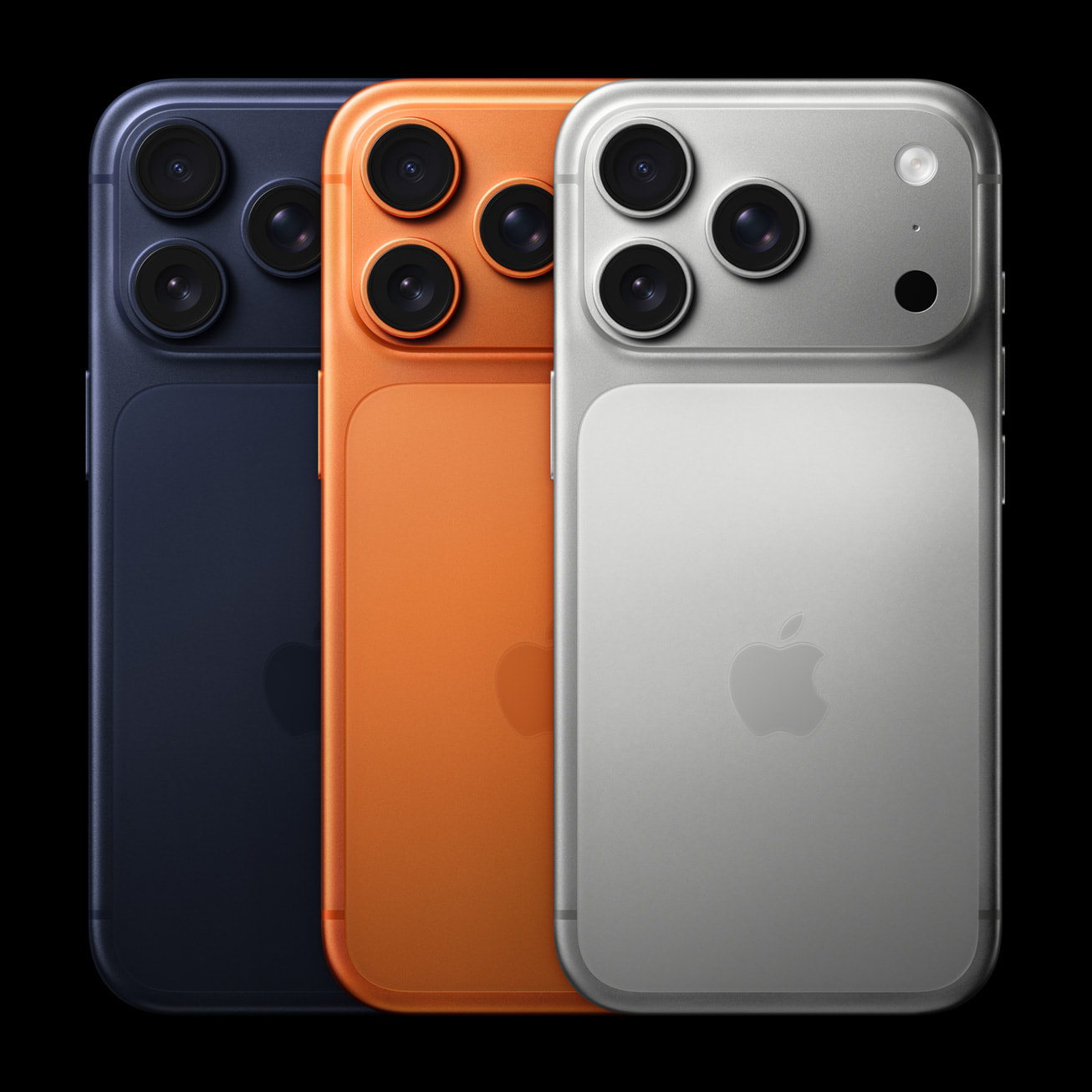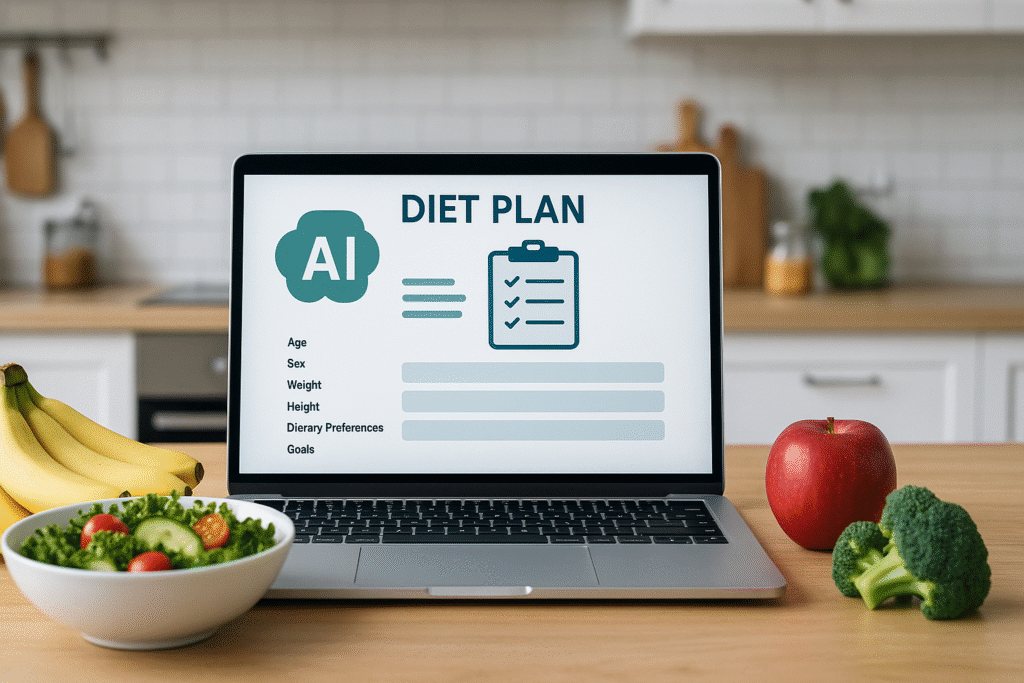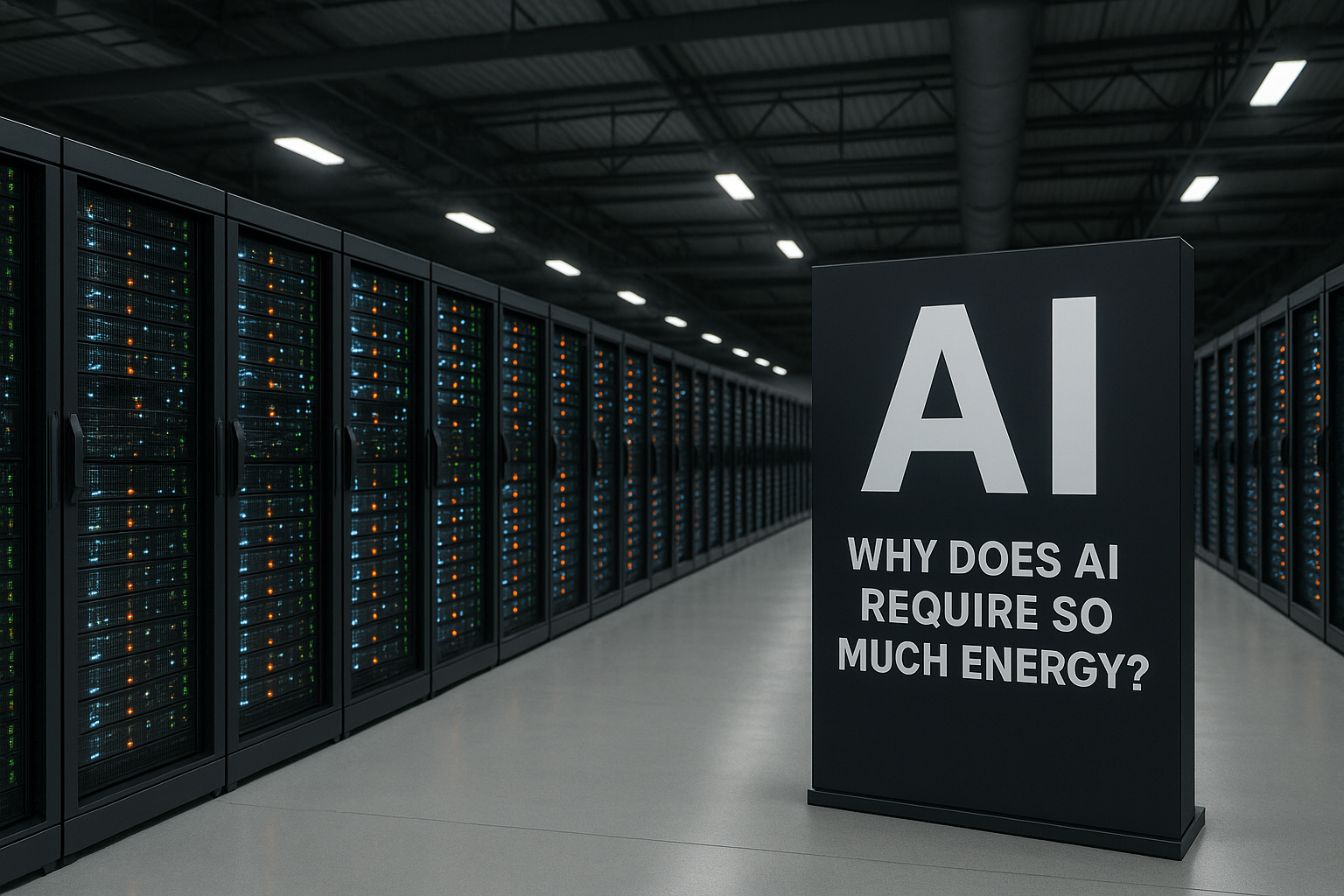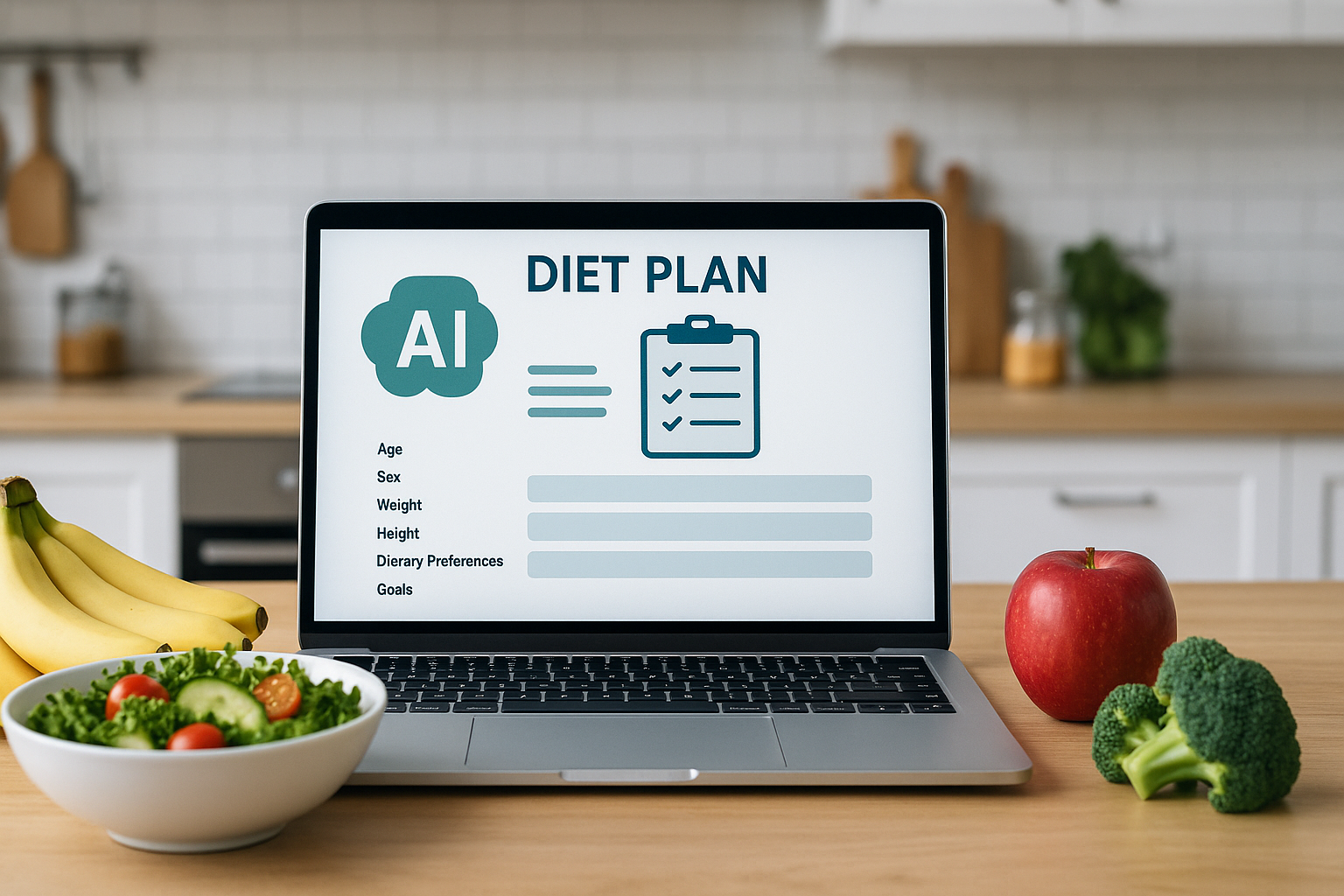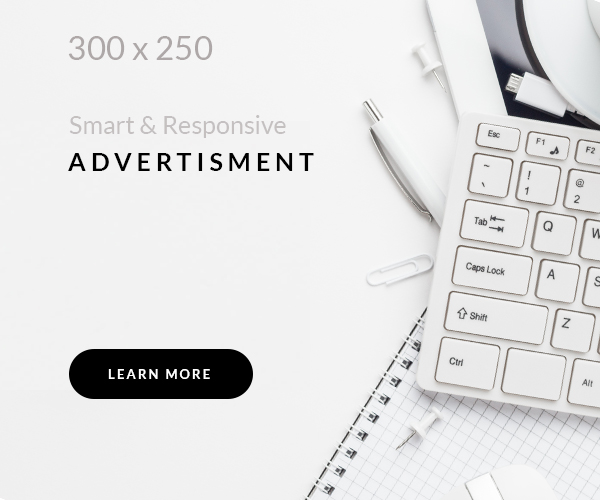The intersection of artificial intelligence and personal health has created new opportunities for achieving fitness and nutrition goals. One of the most exciting developments is the ability to create a diet plan using AI. From AI meal planning apps to machine learning nutrition coaches, technology now offers tools that can analyze your personal data, dietary preferences, and health objectives to build a tailored plan in seconds.
According to a 2025 report from the American Heart Association, “AI-powered meal planning can provide instant, balanced suggestions aligned with general nutritional guidelines, saving users time while promoting healthier choices.” However, as with any new technology, the key is learning how to use it effectively – and safely.
This step-by-step guide will walk you through the entire process, from defining your goals to tracking your progress, while also covering expert insights, proven strategies, and common pitfalls to avoid.
Define Your Health Goals and Constraints
Before you start to create a diet plan using AI, you need clarity on your objectives.
Identify Your Primary Goals
Your plan will differ based on whether you want to:
- Lose weight
- Build muscle
- Improve gut health
- Enhance energy and mental focus
- Manage or prevent chronic conditions such as diabetes or hypertension
Expert insight: Dr. Megan Rossi, registered dietitian and gut health specialist, notes:
“AI can generate diet suggestions in seconds, but the quality of those plans depends on how specific you are about your goals and needs. The more detail, the more useful the output.”
Consider Your Constraints
- Food allergies and intolerances (e.g., gluten-free, nut-free)
- Dietary preferences (e.g., vegan, pescatarian)
- Cultural or religious dietary restrictions
- Budget limitations
By clarifying your boundaries upfront, AI tools can filter options that might otherwise conflict with your lifestyle or health.
Choose a Reliable AI Diet Planning Tool
Not all AI nutrition apps are created equal. If your goal is to create a diet plan using AI that’s truly personalized, the best choice will depend on your goals, data privacy concerns, and level of customization needed.
Popular AI Diet Planning Tools in 2025
- HealthifyMe (with Ria AI coach): Integrates calorie tracking, macro analysis, and wearable sync.
- OmadaSpark: Focused on chronic disease prevention, backed by clinical research.
- NutrifyAI: Uses machine learning to create microbiome-based dietary suggestions.
- MyFitnessPal (AI upgrade): Offers recipe generation and instant nutritional breakdown.
- ChatGPT (with custom prompts): Flexible for creating unique diet plans, though requires careful validation.
Case study: Omada Health’s AI nutrition assistant helped increase program adherence rates by 20% in early trials, particularly for weight loss and diabetes prevention.
Key Features to Look For
- Detailed nutrient tracking (macros and micros)
- Recipe customization and substitution
- Integration with wearable devices
- Data privacy and HIPAA/GDPR compliance
- Scientific validation or dietitian oversight
Input Detailed Personal Data
The accuracy of your AI-generated diet plan depends heavily on the data you provide.
Essential Data Points
- Age, gender, height, weight
- Current activity level
- Body composition (if available)
- Dietary restrictions and preferences
- Health conditions and medications
Example AI Prompt
“Create a 7-day meal plan with 2,000 calories/day, vegetarian, gluten-free, focused on 30% protein, 40% carbs, 30% fat, including 20g of fiber per day.”
Why Detail Matters
A 2024 NIH study found that AI-generated diet plans based on vague input often missed critical micronutrients like vitamin D and magnesium, while plans using detailed input were 34% more nutritionally complete.
Customize for Preferences and Lifestyle
When you create a diet plan using AI, personalization is the key to long-term success.
Personalization Factors
- Meal frequency (3 vs. 5 meals/day)
- Cooking skills and available time
- Ingredient availability in your region
- Favorite cuisines and flavors
Real-Life Example
A user in Singapore using NutrifyAI modified their AI-generated plan to replace imported berries with local tropical fruits, cutting costs by 25% while meeting their nutrition goals.
Review and Validate the Plan
AI tools are powerful, but they are not a substitute for human expertise – especially when health is at stake.
Nutritional Accuracy Check
- Compare against dietary guidelines like the USDA Dietary Guidelines or WHO recommendations.
- Ensure calorie and macro targets match your health objectives.
Expert Advice
Registered dietitian Keri Gans advises:
“AI can save time and spark ideas, but always double-check the nutritional quality, especially if you have health conditions or unique dietary needs.”
Limitations to Watch Out For
- Over-reliance on generalized data
- Inability to account for certain medical conditions
- Potential gaps in micronutrients
Track Progress and Adjust as Needed
Nutrition is dynamic – your needs may change as your weight, fitness level, or health conditions evolve.
Tracking Tools
- AI-integrated food logs (photo-based logging)
- Wearables syncing activity and calorie burn
- Weight and body composition tracking
Feedback Loops
Some AI apps adapt weekly based on logged data, adjusting calorie targets and macronutrient distribution automatically.
Statistic: According to a 2025 American Journal of Clinical Nutrition study, users who adjusted their AI diet plans every two weeks had 18% better adherence rates than those who followed a static plan.
Stay Mindful of Data Privacy
Your personal health data is valuable. Ensure the AI tool you use is transparent about:
- How your data is stored
- Whether it’s shared with third parties
- Compliance with regulations like GDPR or HIPAA
Combining AI with Professional Support
While AI offers speed and convenience, blending technology with human expertise can maximize results.
- Use AI for efficiency and variety
- Use a registered dietitian for medical and clinical accuracy
How AI Diet Plans Compare to Traditional Methods
When you choose to create a diet plan using AI, you’re embracing a different approach than traditional nutrition planning. Conventional methods rely heavily on manual calorie counting, food journals, and in-person consultations. While these remain valuable, AI tools can process vast amounts of nutritional data instantly, adapt to your feedback, and offer alternative meals within seconds.
Example: A traditional diet plan may require several days to adjust after a consultation, while an AI-driven plan can update instantly when you log a change in weight or dietary preference.
However, experts still recommend combining AI convenience with professional oversight for the best results. This hybrid model allows you to leverage speed and precision without sacrificing the personal touch and safety that comes from human guidance.
Common Questions About Creating a Diet Plan Using AI
Can AI create a diet plan for medical conditions like diabetes?
Some tools, like OmadaSpark, are designed for chronic conditions, but always consult your doctor or dietitian for safety.
Is AI meal planning better than a human nutritionist?
AI excels at quick data processing and recipe generation, but humans provide empathy, context, and medical oversight.
How much does it cost to create a diet plan using AI?
Costs range from free (ChatGPT prompts) to $10–$50/month for premium apps with advanced tracking and personalization.
What is the difference between a personalized AI diet plan and a generic one?
A personalized AI diet plan uses your data to adjust calories, macronutrients, and recipes to your unique needs, while a generic plan uses broad averages.
Conclusion
The ability to create a diet plan using AI offers an exciting way to personalize nutrition, save time, and access meal planning strategies that align with your lifestyle. By following a step-by-step approach – defining your goals, choosing the right tool, providing detailed input, customizing your plan, validating it, and tracking your progress – you can make AI a powerful ally in your health journey.
The technology is not perfect, and expert oversight remains essential for safety and precision. However, with careful use, AI can transform the way you approach your diet, making healthy eating more accessible, efficient, and tailored than ever before.
Your turn: Have you tried using AI to plan your meals? Share your experience or questions in the comments – your insights could help others on the same journey.
